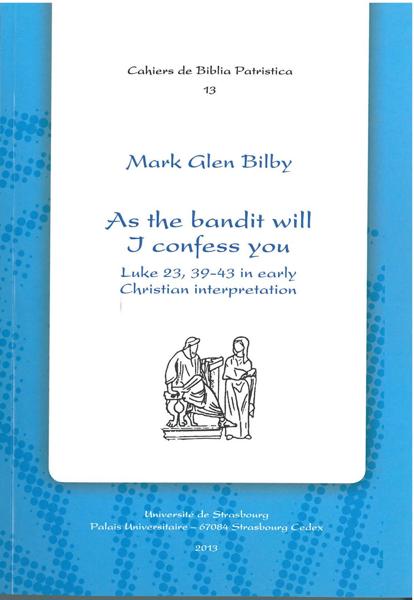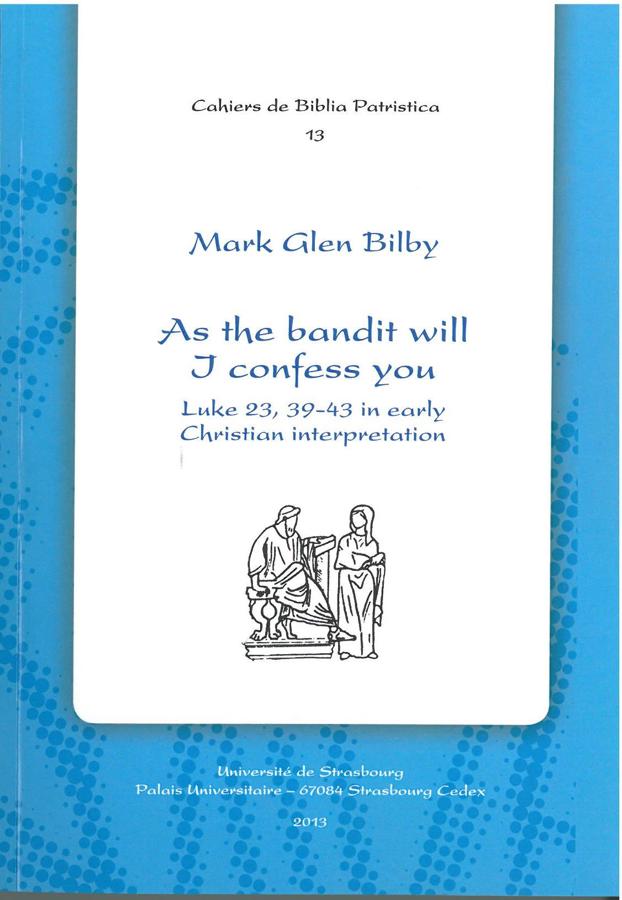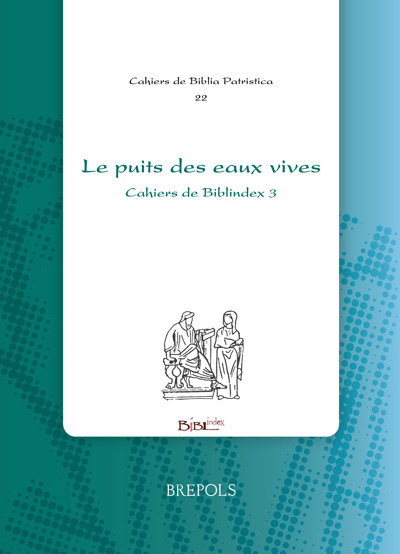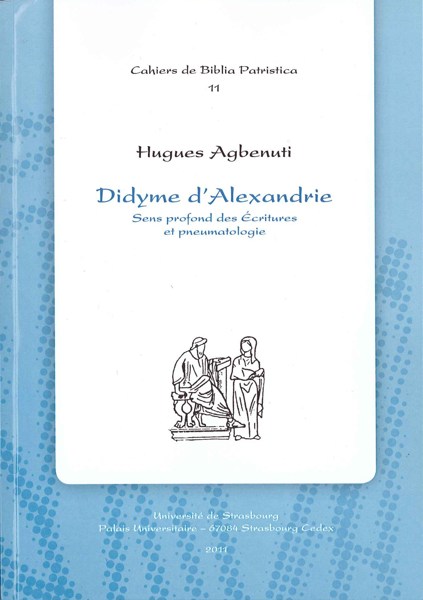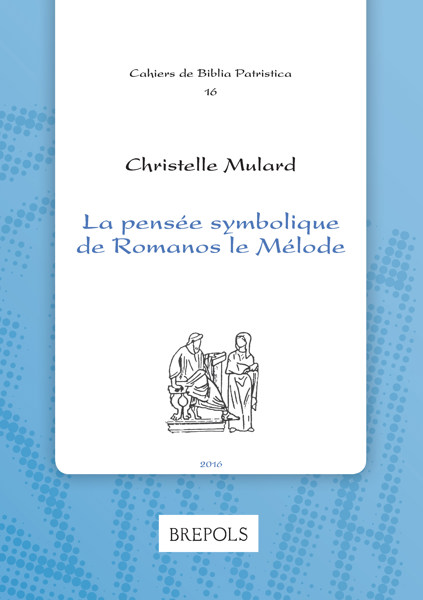
- Pages: 373 p.
- Size:145 x 205 mm
- Language(s):English
- Publication Year:2014
- € 37,44 EXCL. VAT RETAIL PRICE
- ISBN: 978-2-906805-12-5
- Paperback
- Temporarily Out of Stock
The story of the so-called ‹‹Good Thief›› (Luke 23:39-43) has a vibrant and diverse afterlife in early Christianity
"B. kann man zu seiner materialreichen, problembewussten und methodisch stringent argumentierenden Arbeit nur gratulieren." (Martin Meiser, in: Theologische Literaturzeitung, 140.5, 2015, p.489-490)
"M. G. Bilby a conduit sur l’interprétation de la péricope des deux larrons une étude très fouillée (...). On aura profit à lire cette étude qui est d’une remarquable exactitude pour tout ce qui touche à l’authenticité des oeuvres et à leur datation." (Martine Dulaey, dans: Recherches de Science Religieuse, 103/2, 2015, p. 302-303)
"Es ist das unzweifelhafte Verdienst dieser Studie, anhand der Rezeptionsgeschichte eines einzigen Textes gezeigt zu haben, welche Vielfalt und auch theologische Originalität die patristische Exegese auszeichnet." (Reinhard Feldmeier, in: Bryn Mawr Classical Review, 2015.09.58)
The story of the so-called ‹‹Good Thief›› as found in Lc 23, 39-43 has a vibrant and diverse afterlife in early Christianity. Synoptic and eschatological disparities raise concerns and provoke a variety of harmonizations. Controversies notwithstanding, early interpreters occupy themselves most of all with the episode’s potential for exhortation as they identify themselves and their hearers with the good bandit. He becomes a model of Christian practices, beliefs and virtues including worship, faith (even Nicea’s formulation), justification by faith, conversion, catechesis, confession, martyrdom, baptism (in many modes), endurance, asceticism, simplicity of language, penitence, and last-minute salvation. A wide variety of typological readings fashion the bandit as the first to return to paradise and even a key participant in the pivotal moment of salvation-history. By around the late 4th century, the episode becomes a standard Good Friday lectionary reading and sermon topic in the East.
